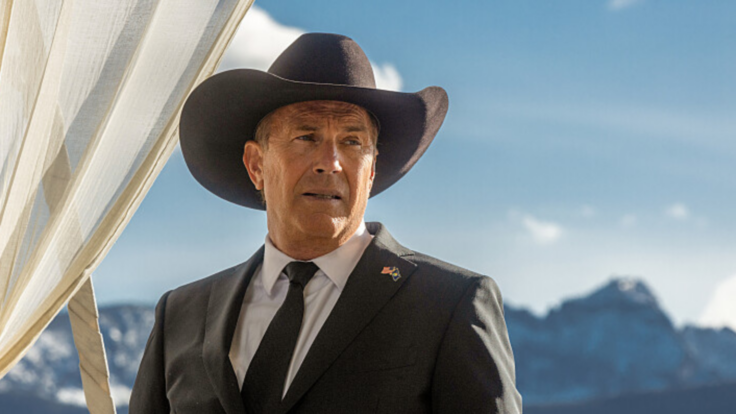Reed Hastings and Ted Sarandos have no interest in making a play for live sports. The Netflix co-C.E.O.s have stated publicly, and Sarandos has told me privately, that the increasingly exorbitant and often hard-to-justify costs for live rights is money better spent on original shows and films. But that doesn’t mean that Netflix can’t cash in on the massive audience demand for sports. In Formula 1: Drive to Survive, the documentary series about the world’s premier auto racing competition, Netflix has demonstrated that they can drive subscriptions—and even expand the fan base—through supplementary content that, for many viewers, ends up serving as the main attraction.
Netflix announced this week that they will replicate that model for the PGA Tour and professional tennis. Both series will be produced by Box to Box Films, the producers of the F1 series. And in a lucky bounce for Netflix, their tennis series will kick off with the drama surrounding Australia’s decision to cancel Novak Djokovic‘s visa ahead of the Australian Open.

















